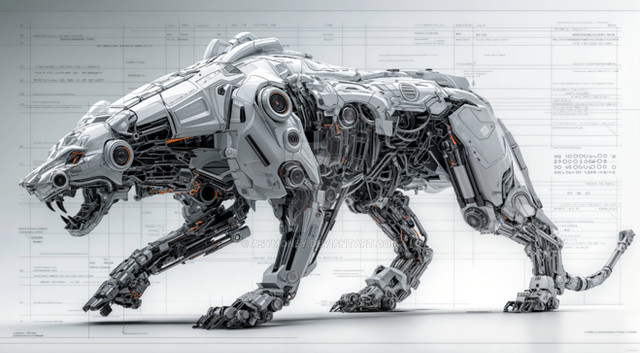HOME | DD
 Ramul — A to Z aliens part 11
Ramul — A to Z aliens part 11

#aliens #sketches
Published: 2021-11-17 00:01:07 +0000 UTC; Views: 6036; Favourites: 74; Downloads: 9
Redirect to original
Description
Rikk: While not a sapient, Rikks are a well-known syncultural species found in pretty much every space harbour, base, station and most spaceships. They are small, adaptable omnivores that will feed on pretty much anything palatable and due to their generic biochemical profile, they are able to survive in many low- to mid-temperature environments of lower gravity range. Compared to some other syncultural species, they are fairly harmless, as they don’t tend to damage equipment and are non-toxic. Populations are usually managed with immunocontraceptives tailored for the species, but various predators, both native and similarly distributed from other planets, have taken a liking to them. Despite their adaptability, rikks have rarely invaded adjacent ecosystems and have established themselves there, preferring the living space of sapient species over the wilderness. Featured in episode 7 and mentioned in various context in others.
Shrindarey: A species that has performed major alterations to its biology on itself, making it essentially an artificial species. The most notable changes were more robust materials to form their bodies, adding wing-like structures that allows them to photosynthesise, enhancing their senses and eliminating the need to sleep. Another major addition was to split the original build into various morphotypes to better perform specific tasks; the Eysh-Kalomati type is suited to survive in and move through various environments, making them good scouts and explorers. Seen in episode 9 (a researcher).
Tetek: A heavy-worlder that only inhabits places with a sufficiently high gravity, generally staying within their own quadrant. They developed interstellar travel on their own before making contact with the Interstellar Congregation. With their limbs being used to support their weight, their manipulatory organs are retractable, partially hollow outgrowths of their respiratory system. Males have slightly differently shaped nostrils, from which they can evert singing sacs which are used in courtship songs. They’re physically unable to speak Unicomlang. Seen in episode 13 (the native population).
Utoou: An enormous aquatic. The head tentacles, which bear a second pair of eyes to allow them to see what they are doing, are dextrous enough to let them operate tools, and together with the aid of land-based species, they were able to become spacefaring. They are large enough to carry the life support systems and engines on their bodies, travelling through space in what amounts to space suits, having no need for ships. Seen in episode 13 as an interstellar traveller wearing such a space suit.
Viessian: Rarely seen outside their planet, Viessians tend to stick to large cities and space stations, preferring their cramped conditions to more open areas. A gland on their throat produces pheromones and it is exceptionally rare to see it not covered by scarves, as many cultures consider it inappropriate to have it exposed to anyone who is not the mate. Seen in episode 10 (a spaceship mechanic).

























